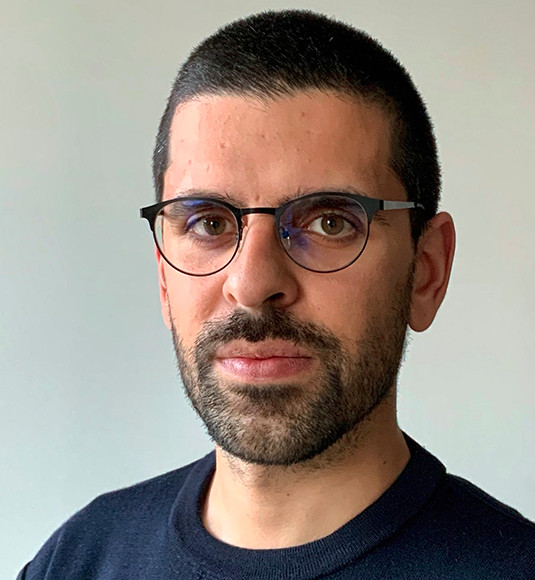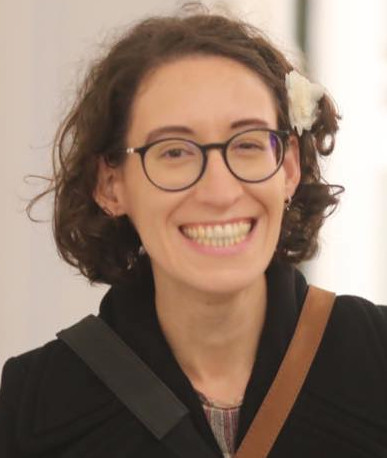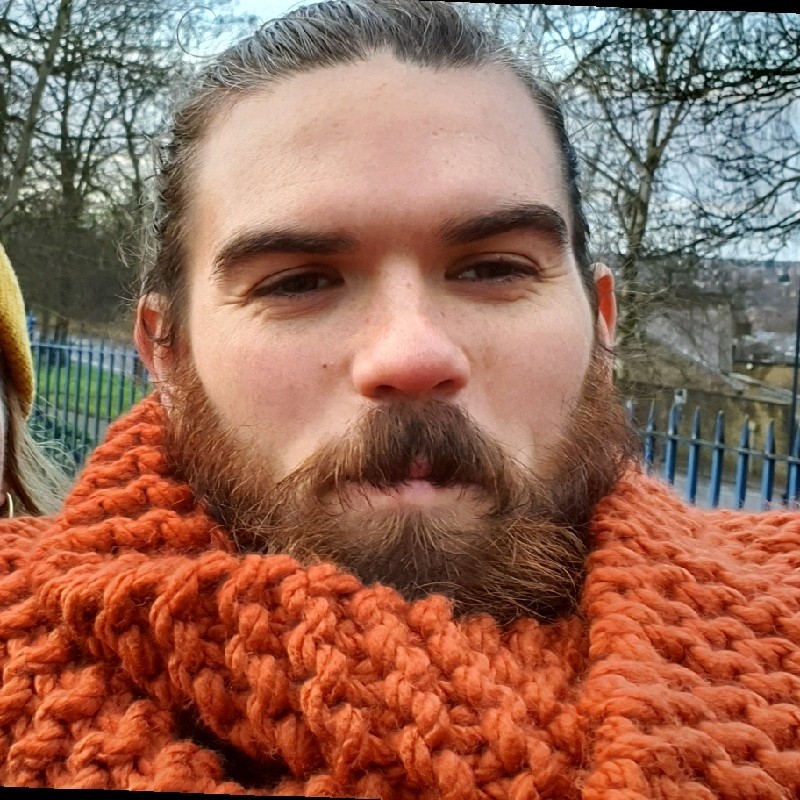The 2022 edition of the NetSci-X school (8th of February) welcomes a diversity of fundamental topics in Network Science, including a tutorial about science communication.
Our speakers are:

Joana Cabral
Life and Health Sciences Research Institute (ICVS), School of Medicine, University of Minho, Portugal
Tutorial Topic: Network Neuroscience
Tutorial Abstract:
The brain is a dynamical system with a complex network structure. Topological properties such as small-worldness, modularity and hierarchy have been shown play a critical role in shaping the dynamical behaviour of networked systems. Hence, models of network dynamics appear as crucial tools to gain insight into the non-trivial spatiotemporal patterns emerging from the interaction between brain areas (nodes) via white matter fibres (links). Importantly, these network models can be explored via numerical simulations and adjusted to fit functional neuroimaging data to gain insight into the mechanisms supporting brain function and their breakdown in neuropsychiatric disorders.
In this tutorial, I will start by describing the main ingredients of brain networks: 1) the connectivity structure, 2) the node dynamics, and 3) the coupling function describing the interaction between nodes. I will give an overview of the topological properties of the structural network and the different dynamical network models that have been proposed. I will explain how a network of coupled dynamical units can be described mathematically and how such systems can be integrated numerically in order to simulate the signals emerging from the network. In particular I will focus on the repertoire of dynamical regimes that the network can exhibit. Since the models are typically intended to fit fMRI functional connectivity, I will explain how to compare the empirical and simulated functional connectivity matrices across the parameter space and provide an overview of the different scenarios proposed over the last decade via whole-brain network models for the dynamical organization of brain activity. The lecture will end with a discussion on the future applications of whole-brain network models.

Fernando P. Santos
Informatics Institute, University of Amsterdam
Tutorial Title: Dynamics of cooperation and fairness on networks
Tutorial Abstract:
Evolutionary game theory (EGT) provides a set of mathematical tools that can capture how human strategic behaviors evolve through social influence and imitation. While the first EGT models assumed large well-mixed populations, EGT is being applied to model how strategies spread over social networks where individuals only interact within a local neighborhood. In this tutorial, we will provide an overview of methods to study EGT on networks. In Part I, we will examine the basics of EGT and the impact of specific graph topologies on the evolution of socially desirable strategies (e.g., cooperation and fair strategies). In Part II, we will consider multiplayer and asymmetric games (using a multiplayer version of the ultimatum game as a case-study) and scenarios where networks co-evolve with strategies. We will conclude by discussing recent results and challenges.

Marta Daniela Santos
Communication and Image Area of the Faculty of Sciences of the University of Lisbon, Portugal
Tutorial Title: How can you better use social media to communicate science?
Tutorial Abstract:
Communicating – with your peers and with society – is part of the scientific process. How can social media be a useful tool for inviting these dialogues? In this tutorial we will discuss principles for communicating science in social media in a clear and engaging way. We will then focus on Twitter, exploring its potential advantages for you as a scientist.

Eugenio Valdano
INSERM, Sorbonne Universite, Institut Pierre Louis d’Epidemiologie et de Sante Publique, IPLESP, Paris, France
Tutorial Title: Using networks to study the spread of infectious disease epidemics
Tutorial Abstract:
Complex networks model mixing and contact patterns in human and animal populations. And through these contacts infectious diseases might spread, causing epidemics. Networks are thus a powerful formalism to study the conditions leading to epidemic outbreaks, their evolution, and the performance of public health policies of prevention and containment. The lecture will introduce the theoretical formalism to study epidemics on networks, and illustrate the basic findings. Then, through a few case studies, we will show how to integrate real high-resolution network data into the theoretical models proposed, to tackle specific public health questions.

Ben Steer
Queen Mary University of London / Pometry
Tutorial Title: Raphtory - A practical system for the analysis of temporal graphs
Tutorial Abstract:
Temporal graphs are an incredibly useful formalism for studying complex systems that change in time and the processes that occur within them. Understanding such systems has important applications within social network analysis, financial modelling, and epidemic prevention, to name but a few. However, working with temporal graphs can be challenging, partly because the go-to graph analysis tools are not made with temporal networks in mind. In this tutorial, we introduce our open-source software Raphtory, an analytics tool that is purpose-built for temporal graphs.
The tutorial is split into two parts: in the first, we present the Raphtory graph model, how Raphtory algorithms work and some examples of what the software has been used for. In the second part, we present the Raphtory user API and demonstrate the full pipeline from data ingestion and modelling to analysis and plotting, via a Lord of the Rings themed demo.